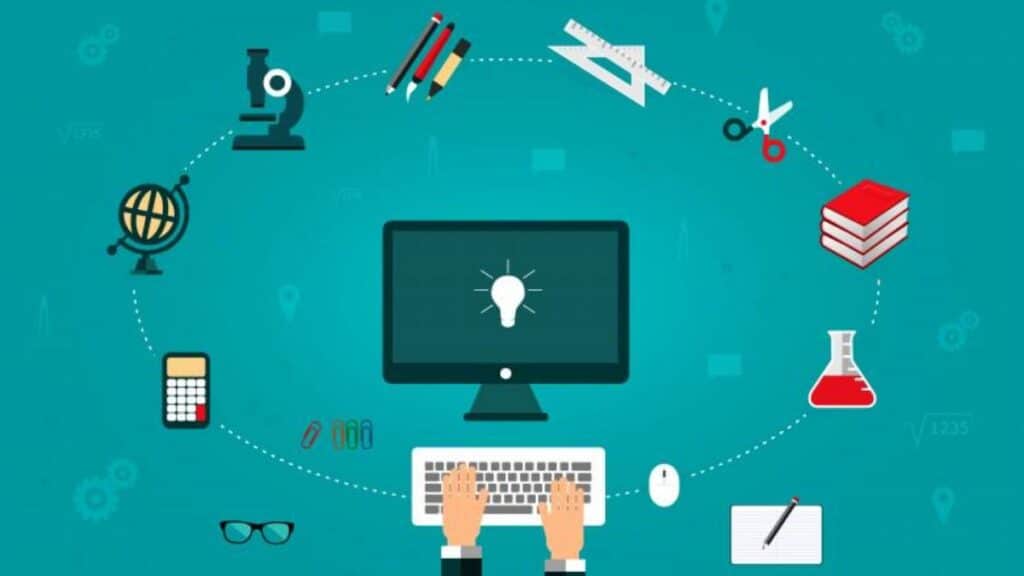The impact of technology on higher education

The impact of digital advancements on tertiary education has been profound, reshaping the landscape of learning and teaching. This shift has paved the way for more inclusive and diversified educational opportunities, expanding beyond traditional classroom settings.
This exploration aims to shed light on the various dimensions through which technology influences higher education. From enhanced accessibility to dynamic learning environments, we delve into the transformative effects that digital tools and platforms have introduced.
The Digital Revolution in Learning Environments
The digital revolution has significantly altered the fabric of higher education, making learning more accessible than ever before. Online courses and digital resources have broken down geographical barriers, providing learners with the opportunity to pursue their studies from anywhere in the world.
Furthermore, these technological advancements have facilitated a more personalized learning experience. Through the use of adaptive learning technologies, educational content can now be tailored to meet the individual needs and pace of each student.
Educational institutions have also embraced virtual reality (VR) and augmented reality (AR) to create immersive learning experiences. These technologies enable students to explore complex concepts in a hands-on manner, enhancing understanding and retention.
Lastly, the rise of digital platforms has fostered better collaboration among students and educators. Tools such as discussion forums and project management software facilitate seamless communication, encouraging a more engaging and interactive educational experience.
Impact on Research and Collaboration
Technology has also transformed the realm of academic research. The ease of access to digital databases and online journals has significantly expedited the research process, allowing scholars to conduct their work more efficiently.
Moreover, the global nature of the internet has fostered international collaboration, enabling researchers from different parts of the world to connect and work together on projects. This has led to more diverse and comprehensive research outcomes.
Big data analytics and artificial intelligence (AI) tools further enhance research capabilities. These technologies allow for the analysis of vast amounts of data, unveiling patterns and insights that were previously unattainable.
Preparing Students for a Digital Future
One of the key impacts of technology on higher education is its role in preparing students for the digital workforce. By integrating technological skills into the curriculum, institutions ensure that graduates are well-equipped to navigate the tech-savvy job market.
Courses on digital literacy, coding, and data analysis have become commonplace, reflecting the increasing demand for these skills across various industries.
In addition to technical skills, digital tools also help in developing critical soft skills such as problem-solving, digital communication, and teamwork, further enhancing students' employability.
Moreover, the experience of learning in a technology-rich environment cultivates adaptability and a continuous learning mindset, essential traits for thriving in the fast-evolving digital age.
Lastly, entrepreneurship education has benefited from technology, with many programs offering resources and platforms for students to launch their startups, nurturing the next generation of innovators and business leaders.
Challenges and Considerations
Despite the numerous benefits, the integration of technology into higher education is not without challenges. Issues such as digital divide, data privacy, and the need for robust IT infrastructure pose significant hurdles.
Ensuring equitable access to technology remains a critical concern, as students from disadvantaged backgrounds may not have the same level of access to digital devices and high-speed internet.
Data security and privacy concerns also necessitate stringent measures to protect sensitive academic information.
Additionally, the reliance on digital platforms requires substantial investment in IT infrastructure and ongoing maintenance, which can be a financial strain for some institutions.
Adapting to new teaching methodologies and tools likewise demands comprehensive training for educators, ensuring they are proficient in leveraging technology to enhance learning outcomes.
Conclusion
The impact of technology on higher education has been transformative, offering unprecedented opportunities for learning, collaboration, and research. It empowers institutions to provide more inclusive, dynamic, and personalized educational experiences.
However, navigating the challenges associated with technological integration is essential for realizing its full potential. By addressing issues of access, privacy, and infrastructure, and by fostering digital literacy among both students and educators, higher education can continue to evolve in alignment with the demands of the digital era.

Related